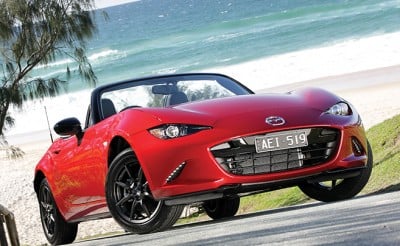Turning a corner: Mazda MX-5

The late Colin Chapman was one of racing’s most effervescent characters. A charmer both on and off the track, he was instantly recognisable with his piercing eyes, white hair, and moustache. One of the last race bosses to have worked on his own cars in pit lane, he summed up his philosophy in two sentences: "Adding power makes you faster on the straights. Subtracting weight makes you faster everywhere."
It worked. Chapman’s company, Lotus, used weight reduction to good effect, winning seven World Constructors’ titles over two decades, with his philosophy being adopted by more than a few sports car manufacturers.
Mazda was clearly paying attention. In the late 1980s, it created the Mazda MX-5, a car based on simplicity. It was designed in the vein of lightweight European roadsters; but unlike the diabolical dependability of British sports cars, Mazda knew how to make a car last. The critical factor, though, is driver involvement.
There are plenty of examples of vehicles that are robust from day to day but have the personality of a washing machine. Imbuing a car with charisma is more than just simply making it light. There’s a sense of connection that has to flow throughout the car, an intangible quality that will only come when all the components have been designed to be harmonious. And that’s why Mazda went one step further than Chapman’s obsession with mass reduction.
The company calls it jinba ittai which, roughly translated, means ‘horse and rider as one’. Program manager for the latest MX-5, Nobuhiro Yamamoto, said that the car was created to be as immersive and involving as when you throw your leg over a saddle. So, unlike cars that are built to act as transportation appliances, the MX-5 can’t be driven with abandon.
